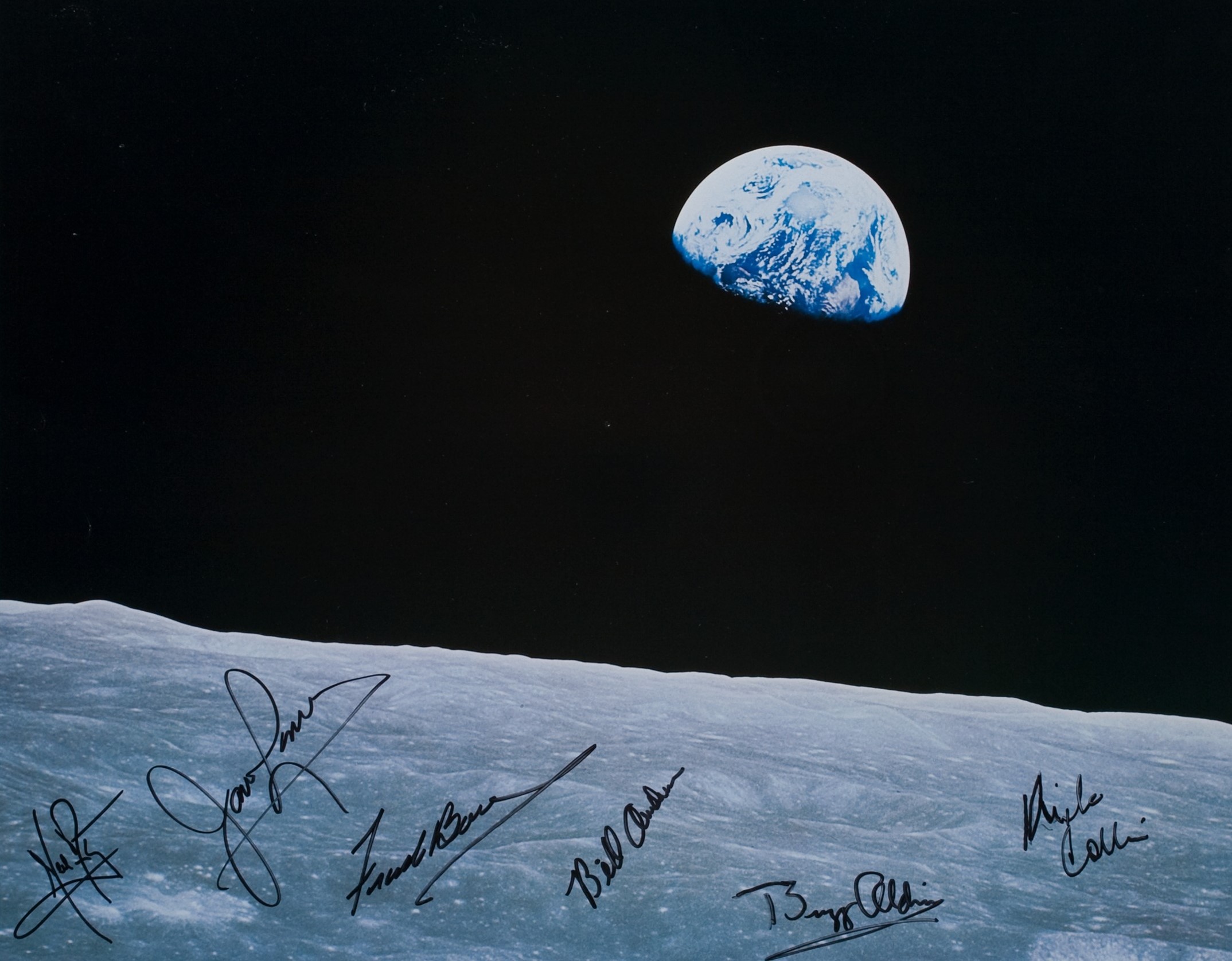
By Jim O’Neal
In a little-known experiment, a graduate student at the University of Chicago hooked up two test tubes containing water (the “ocean”) and a mixture of methane, ammonia and hydrogen (the “atmosphere”). A few days later, after a few electrical sparks to simulate lightening, there was a goopy broth of organic compounds … “life.” His professor, Nobel Laureate Harold Urey, reportedly exclaimed, “If God didn’t do it this way, he missed a good bet!”
This theory has since been dismissed since Earth didn’t have these inputs available that early.
The experiment happened in 1953 and more than a half-century later, there is still no certainty on how life actually began on this planet. Famous people like Lord Kelvin (1871) have suggested it came from outer space via aliens or comets. But that theory – panspermia – doesn’t answer the basic question; it just moves it to some distant location. But there is general consensus that life on Earth started about 3.5 billion years ago.
Rather than pursue how life started, NASA in the 1960s assembled a team to think about how to look for life … on Mars. British scientist James Lovelock decided to solve the problem by identifying the necessary features for life on Earth. He started with water, since all life depends on it. Then he specified that the average temperature must stay between 60 and 65 degrees to ensure it remained liquid, as it has for the past 3.5 billion years.
Next was salinity, since cells cannot survive levels above 5 percent and the oceans have remained at about 3.4 percent. Oxygen is another must-have element, but close to the 20 percent when it first appeared 2 billion years ago … 16 percent to 20 percent for breathing, but below 25 percent because at that level, forest fires would never go out.
Eventually, Lovelock suggested that the entire planet makes up a single, self-regulating being which he called Gaia. The very presence of life regulates the temperature of the surface, the concentration of oxygen and the chemical composition of the oceans.
Voilà … the perfect conditions for life.
However, Lovelock also warned that the human impact on the environment may disrupt this delicate balance. As early as 1935, another British scientist, Arthur Tansley, described Earth lifeforms, landscapes and climate as a giant ecosystem.
Personally, each time I see pictures of Earth taken from space – this astonishing blue orb suspended in space – it reminds me just how insignificant we are. Relative to the enormity of the ever-expanding universe, we live on a truly remarkable piece of real estate. I hope we can maintain the balance Lovelock identified. Moving isn’t an option … yet.
 Intelligent Collector blogger JIM O’NEAL is an avid collector and history buff. He is president and CEO of Frito-Lay International [retired] and earlier served as chairman and CEO of PepsiCo Restaurants International [KFC Pizza Hut and Taco Bell].
Intelligent Collector blogger JIM O’NEAL is an avid collector and history buff. He is president and CEO of Frito-Lay International [retired] and earlier served as chairman and CEO of PepsiCo Restaurants International [KFC Pizza Hut and Taco Bell].
